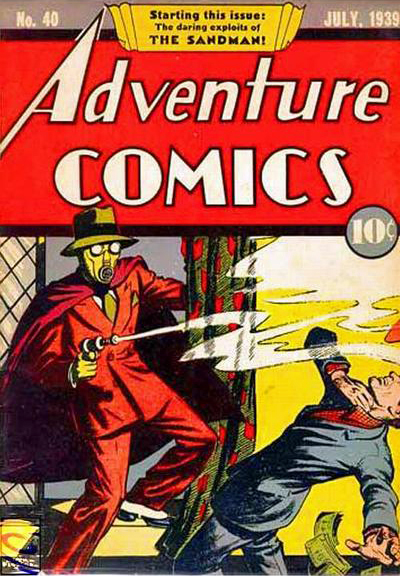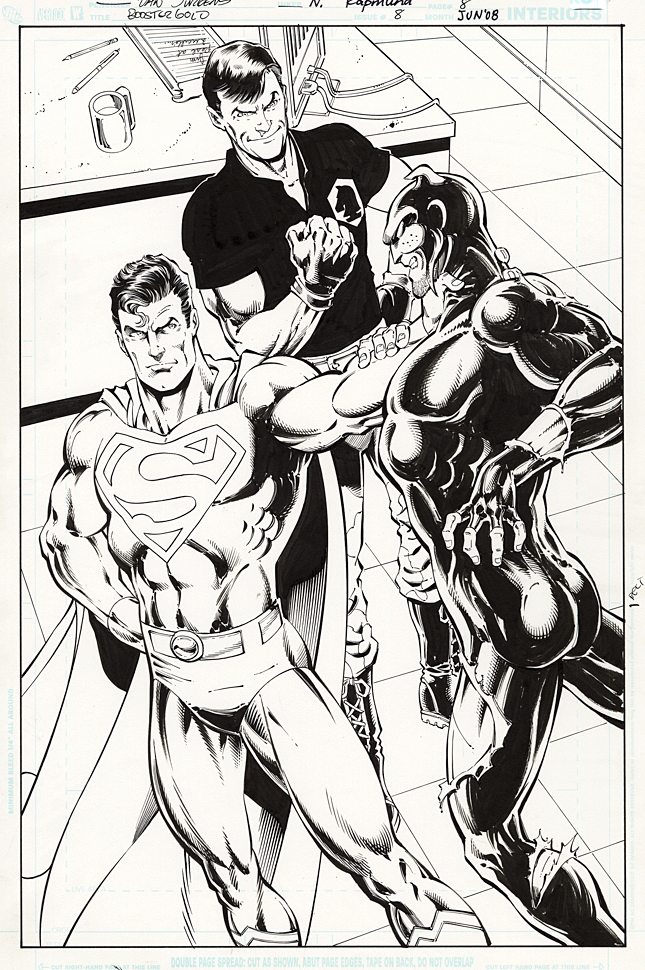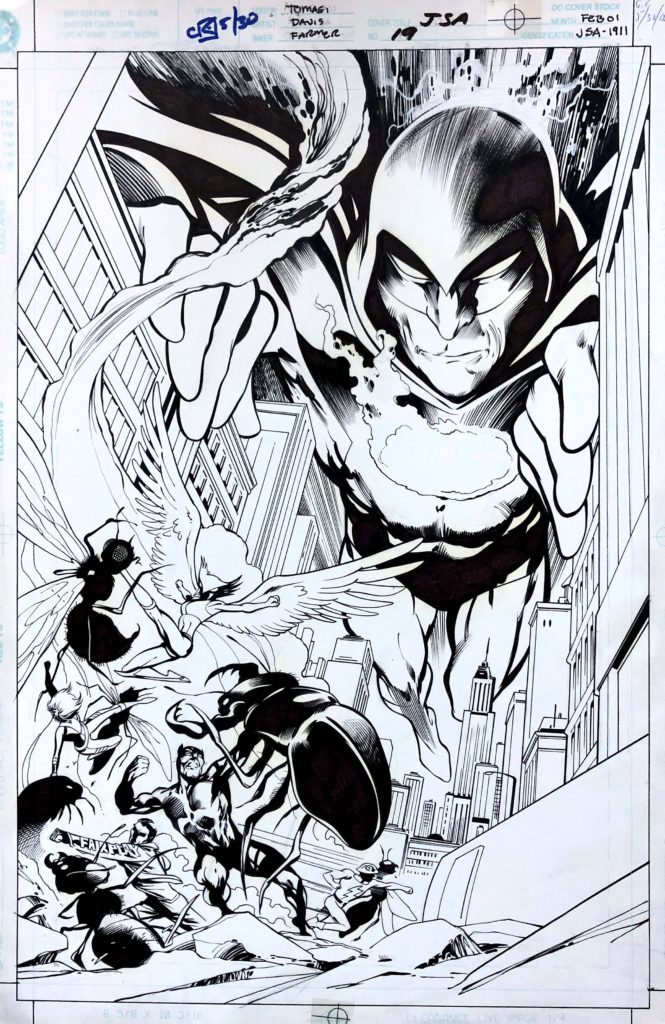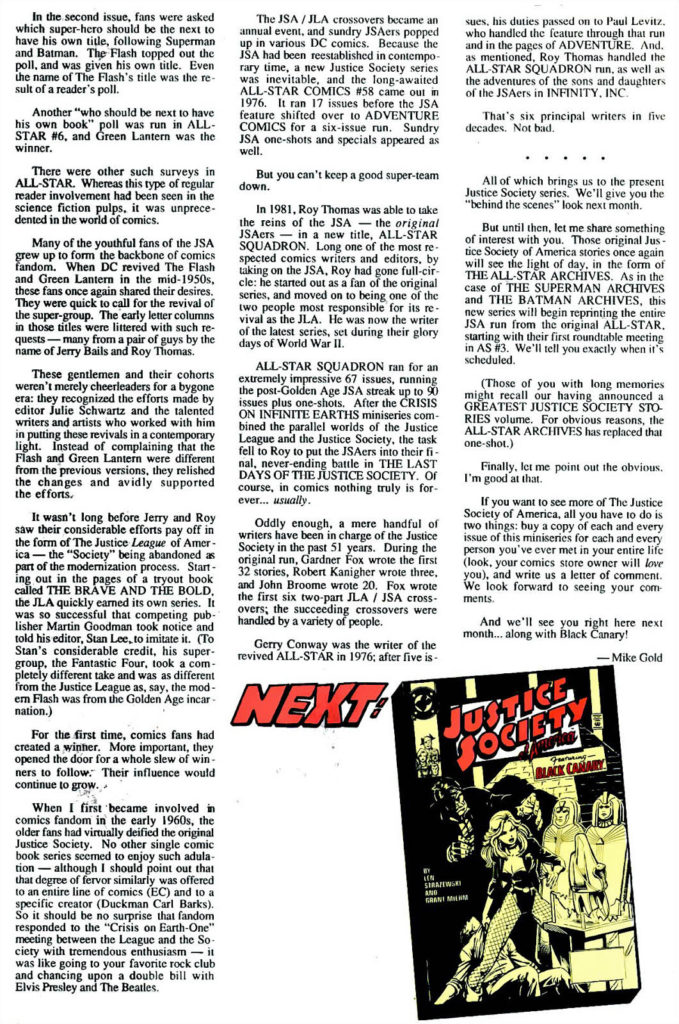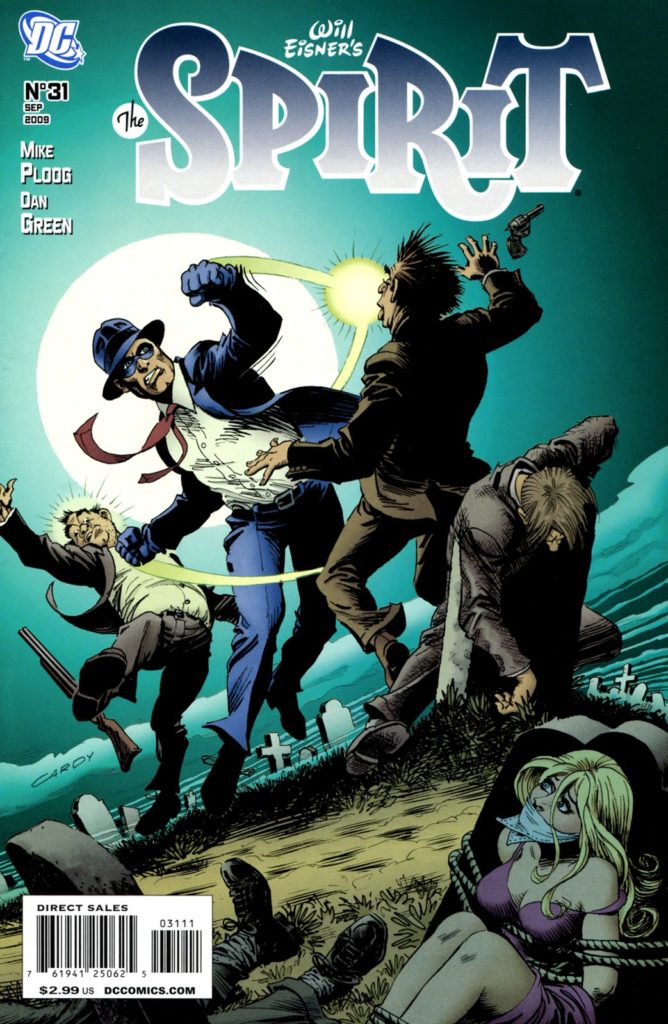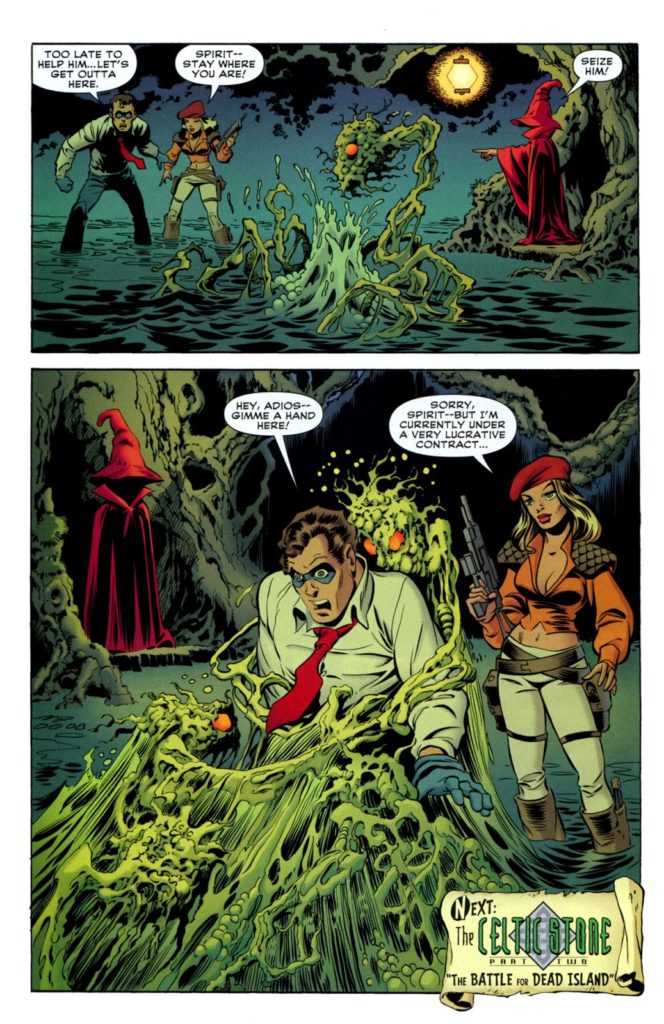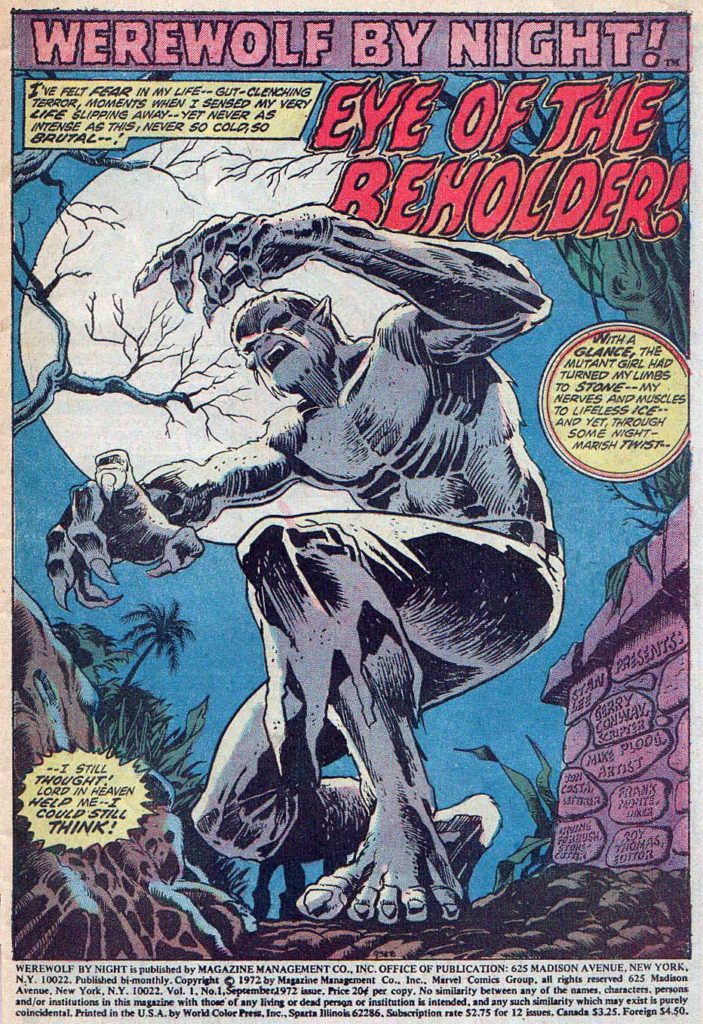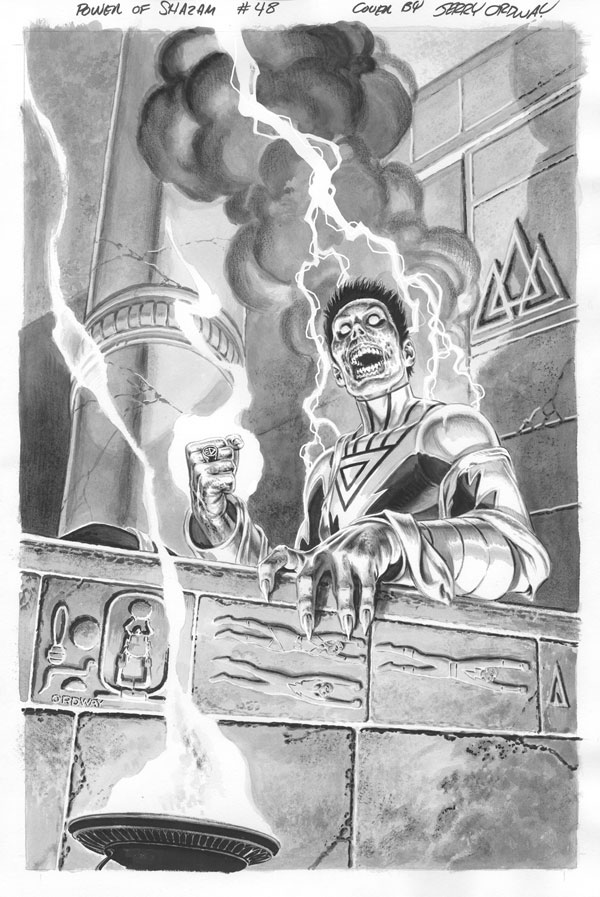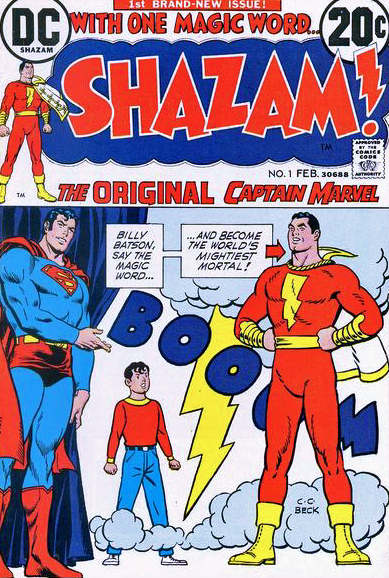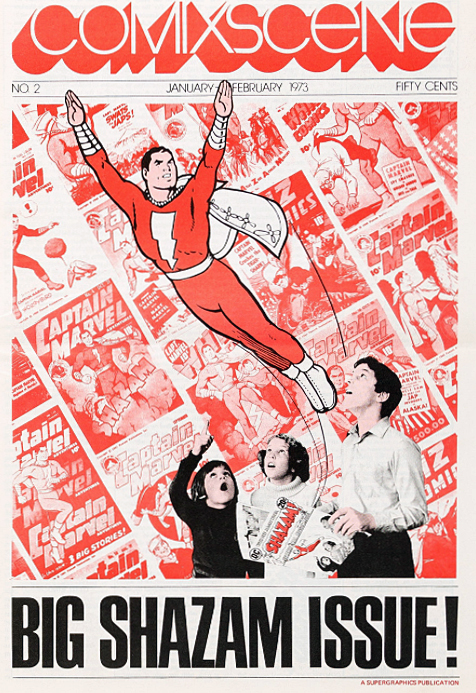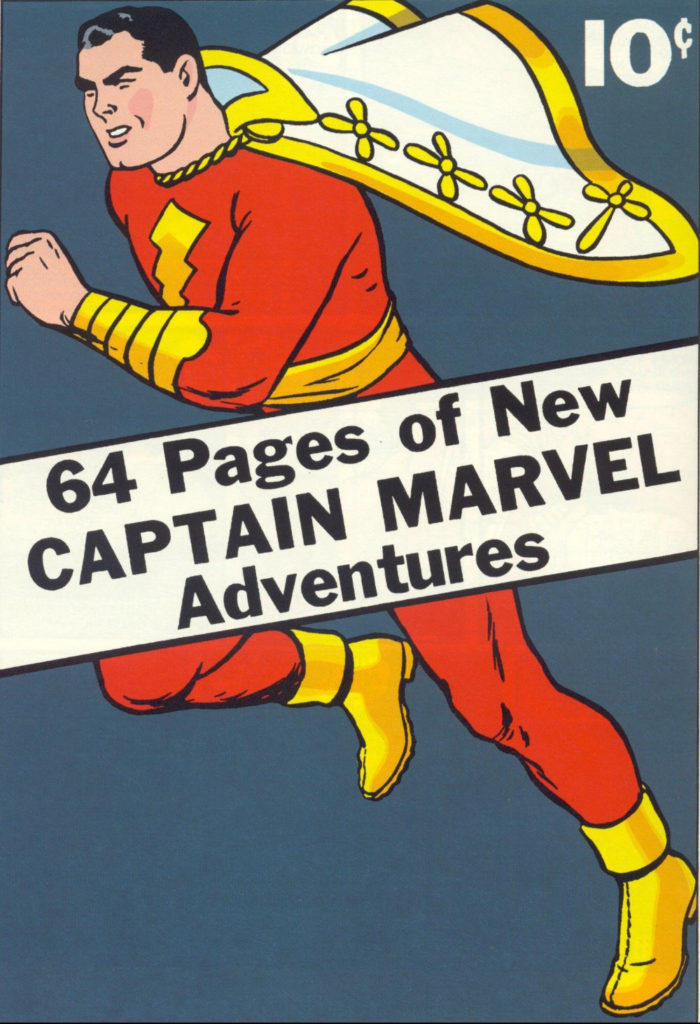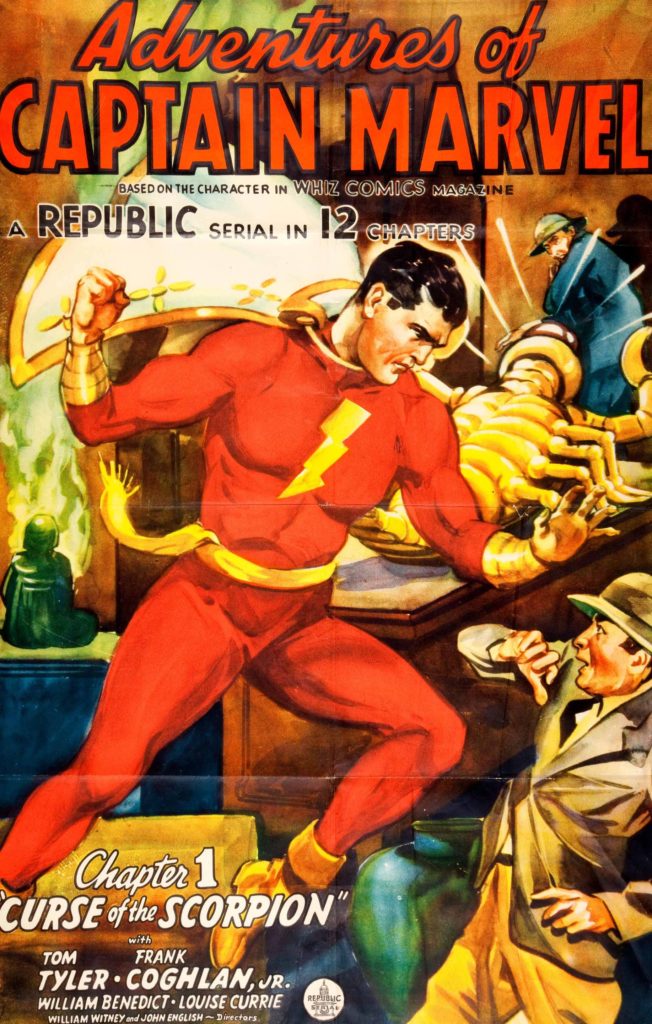George Pratt — Comics Noir
Sandman Mystery Theatre #1, 1994
Continuing our celebration of the 80th anniversary of the Justice Society of America, with each new post featuring a different classic JSA character.
Neil Gaiman’s extraordinary success with his Sandman series, had an additional and welcome consequence. DC added a retro Sandman title to its line-up featuring a retconned version of the original Sandman, with great noir-ish stories written primarily by Matt Wagner and Steven Seagle.
This terrific action splash page comes from the often overlooked annual, drawn by George Pratt. It’s a rare pen and ink example by the award-winning Pratt, who is known for his terrific painted graphic novels on Enemy Ace, Batman, and Wolverine.
The “original” Sandman never looked so good.
Fun fact: Joe Simon and Jack Kirby created often over-looked version of Sandman in the 1970s. Simon dropped out after one issue, Jack took a few issue break, and the final issue, #7, featuring Santa Claus (yes, you heard right) was cancelled prior to publication and didn’t appear in print until a few years later.
That Simon and Kirby Issue, originally intended as a one-shot, was their final collaboration.
This version of Sandman makes an unexpected comeback appearance in Wonder Woman #300, with versions by both Gene Colan and Kirby fanatic Keith Giffen. More on all of this in a future post.




